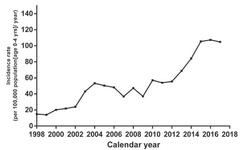Highly Cited
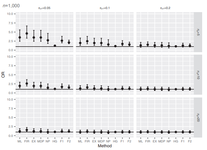
Bias in Odds Ratios From Logistic Regression Methods With Sparse Data Sets
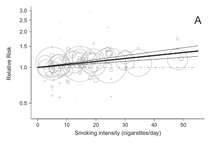
Dose-response Relationships Between Cigarette Smoking and Breast Cancer Risk: A Systematic Review and Meta-analysis
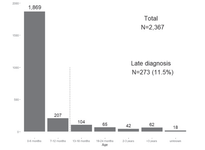
Epidemiology of Developmental Dysplasia of the Hip: Analysis of Japanese National Database
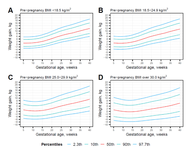
Gestational Weight Gain Growth Charts Adapted to Japanese Pregnancies Using a Bayesian Approach in a Longitudinal Study: The Japan Environment and Children’s Study
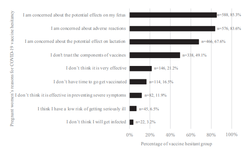
The Prevalence of COVID-19 Vaccination and Vaccine Hesitancy in Pregnant Women: An Internet-based Cross-sectional Study in Japan
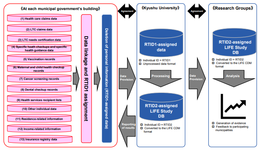
The Longevity Improvement & Fair Evidence (LIFE) Study: Overview of the Study Design and Baseline Participant Profile
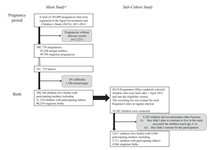
Study Design and Participants’ Profile in the Sub-Cohort Study in the Japan Environment and Children’s Study (JECS)
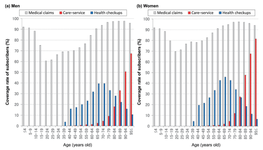
Data Resource Profile of Shizuoka Kokuho Database (SKDB) Using Integrated Health- and Care-insurance Claims and Health Checkups: The Shizuoka Study
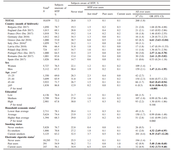
Use and Awareness of Heated Tobacco Products in Europe
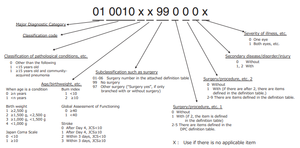
History and Profile of Diagnosis Procedure Combination (DPC): Development of a Real Data Collection System for Acute Inpatient Care in Japan
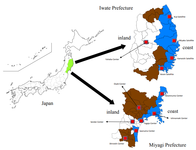
Study Profile of the Tohoku Medical Megabank Community-Based Cohort Study
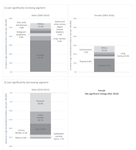
Updated Trends in Cancer in Japan: Incidence in 1985–2015 and Mortality in 1958–2018—A Sign of Decrease in Cancer Incidence
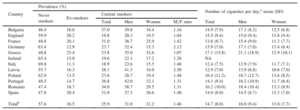
Who Smokes in Europe? Data From 12 European Countries in the TackSHS Survey (2017–2018)
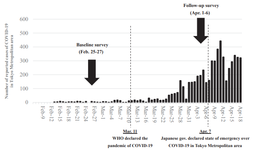
Changes in Psychological Distress During the COVID-19 Pandemic in Japan: A Longitudinal Study
